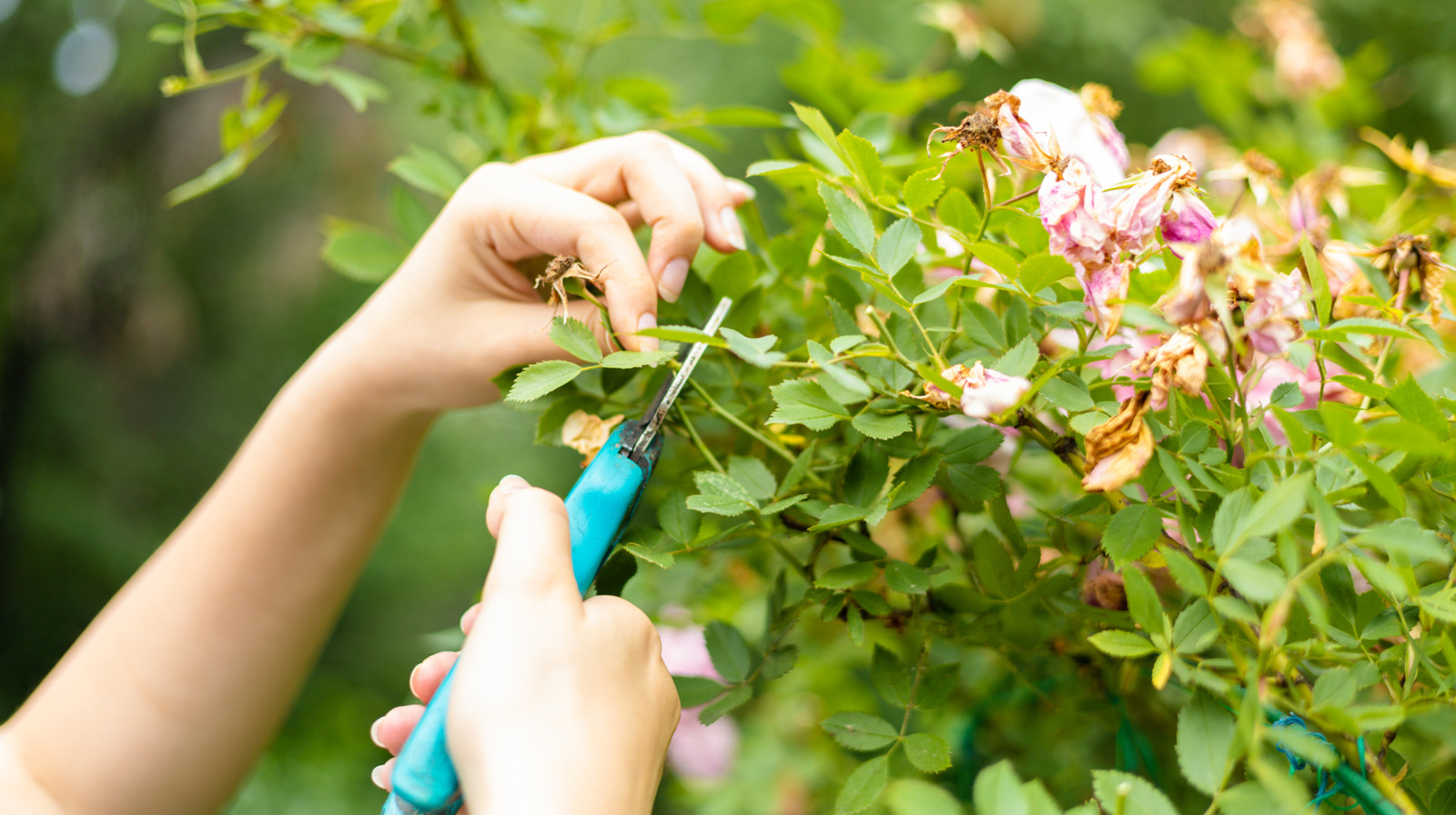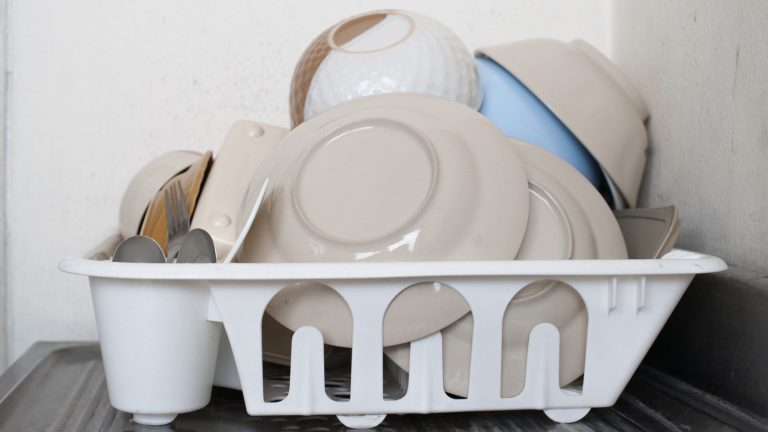
As winter fades, your urge to get back into the garden grows. It’s time for your perennials and shrubs to start blooming. But before your garden bursts with color, there’s a crucial task at hand: pruning. Pruning helps shape plants, control their size, and boost their vigor. To achieve success, timing and technique are key. Not all plants tolerate spring pruning well due to their growth and blooming cycles. However, several plants do, and we’ll explore them below.
When considering spring pruning, focus on winter-blooming shrubs like mahonia, which can be rejuvenated after their blooms fade. Summer-flowering plants like Russian sage can also benefit from spring pruning. Delay pruning for marginally hardy perennials such as black-eyed Susans, anise hyssops, and garden mums to avoid winter damage. Some flowers, like purple coneflowers and blazing stars, should be pruned in spring to support pollinators. Certain hydrangeas and rose shrubs also thrive with spring pruning. Let’s delve into the plants you should prune in spring and how to do it.
Garden mums
Garden mums (Chrysanthemum spp.) struggle to overwinter due to their shallow roots. Pruning in early spring instead of winter improves their chances of returning next year. Cover old foliage with mulch to insulate roots. When mums grow about 4 inches, trim their branch tips to encourage dense growth and keep them compact.
Anise hyssop
Anise hyssop (Agastache foeniculum) is a favorite for attracting hummingbirds and butterflies. Instead of pruning in fall, wait for spring to cut back stems. The top growth protects the plant from winter moisture, preserving cold hardiness. Birds rely on dry seedheads for winter food. Once new leaves sprout, trim dead branches to improve density.
Montauk daisy
Montauk daisy (Nipponanthemum nipponicum) thrives in coastal gardens. Prune it in spring to manage its spread. Avoid cutting to ground level annually, as it weakens stems. Trim the top 4 inches for hardier stems or down to 6 inches for a dense habit.
Red-hot poker
Red-hot poker (Kniphofia uvaria) benefits from spring pruning. Old foliage protects root crowns in winter. Wait for warmer temperatures before tidying its appearance. Cut back old stems and foliage to 3 inches above ground before new growth begins. Avoid cutting too close to the root crown.
Black-eyed Susan
Black-eyed Susan (Rudbeckia spp.) attracts winter birds. Pruning in spring supports these birds, which feed on seeds and shelter in dead foliage. The dead foliage insulates the root crown. Prune to the ground as winter transitions to spring, avoiding newly sprouting basal leaves. If foliage turns black in fall, prune immediately.
Smooth hydrangea
For ‘Annabelle’ hydrangea lovers, early spring pruning is essential. Smooth hydrangeas (Hydrangea arborescens) thrive with hard pruning after growing significantly. Pests are less likely to invade via pruning wounds, and buds sprout before flowering. Cut back the plant to 12 inches above ground to encourage robust growth.
Panicle hydrangea
Panicle hydrangeas (Hydrangea paniculata) like ‘Limelight’ and ‘Grandiflora’ can be pruned in fall, but early spring is preferred for maintaining winter interest. They bloom on new wood, so spring pruning doesn’t harm buds. Remove dead, leggy, and diseased branches as they green up. For size control, trim ⅓ of the oldest stems to the ground.
Mahonia
Mahonia (Mahonia spp.) shrubs are great for spring pruning. They grow leggy over time, so cutting them back encourages thicker growth. Clip the oldest branches to refresh their appearance. If shaping a mature plant, prune stems based on age, with older stems pruned to 12 inches and recent growth to 18 or 24 inches.
Summersweet
Prune summersweet (Clethra alnifolia) in spring to preserve its fragrance. With a 10-foot stature, it requires infrequent pruning to maintain shape. Time pruning well, preferably when greening up, to avoid damaging buds. For size control, remove ⅓ of the oldest growth.
Little bluestem
Resist pruning little bluestem (Schizachyrium scoparium) until early spring. Its seedheads provide structure and food for birds. Prune when dormant, shearing the plant down to 2 inches. For height, stop at 4 inches. This promotes fuller growth during the season.
Switch grass
Switch grass (Panicum virgatum) is a warm-season grass left in winter gardens for wildlife value. Prune in early spring before growth resumes. Bundle clumps with a cord and use an electric pruner. Keep pruned height between 3 and 6 inches. Compost the dead foliage.
Witch hazel
Witch hazel (Hamamelis spp.) requires occasional pruning to control its spreading habit. After blooming in spring, remove dead, damaged, or crossing stems. For tree-form witch hazel, prune suckers and lower branches. Grafted hybrids need frequent pruning to prevent rootstock takeover.
Camellias
Camellias (Camellias spp.) can become unwieldy if neglected. Prune in late spring after flowering. Start by removing damaged or crossing branches to improve air circulation. Clip watersprouts from lower branches. For bushiness, prune older stems to the desired length, cutting above the bud.
Blazing star
Blazing star (Liatris spp.) cleanup should wait until March. Bees nest in its dead stalks, so pruning in early spring supports their population. Standing stalks provide winter food for birds. When temperatures warm to 50°F, remove dead foliage and prune stems to 12-18 inches for nesting bees.
Purple coneflower
Purple coneflower (Echinacea purpurea) attracts bees that nest in its hollow stems. Prune in spring after removing dead leaves and before leafing out. Trim stems to 12-18 inches to revitalize the plant. If pests are an issue, prune after flowering.
Penstemons
Penstemons (Penstemons spp.) need minimal pruning, but species like two-leaf beardtongue benefit from spring pruning. Trim to 4-6 inches above ground to encourage new growth. For hybrids, delay pruning to late spring to protect new wood.
Red twig dogwood
Pruning red twig dogwood (Cornus sericea) improves color and form. Remove ⅓ of the oldest branches annually in early spring. If overgrown, cut back to the ground for vibrant new growth. Repeat rejuvenation pruning every few years.
Russian sage
Prune Russian sage (Perovskia atriplicifolia) in early spring to maintain blooms and leaves. Dead foliage insulates roots, reducing the need for mulching. Cut back growth to 6 inches or 1 foot to keep plants higher when they wake up.
Hardy fuchsias
Hardy fuchsias (Fuchsia magellanica) benefit from leaving stems through winter for crown protection. If foliage is winter-killed, prune to the base for regrowth. If intact, wait until mid-spring to prune dead or straggly stems, cutting back to 6 inches. Feed when they rise by 2 inches.
Shrub roses
Pruning shrub roses, including Knockout roses, is crucial for vigor. Remove winter-killed, decaying, or damaged stems when shrubs bud in early spring. Thin out stems for disease reduction and flower quality. Lop off ½ of growth for size maintenance or ⅔ for containment.
Hybrid tea roses
Hybrid tea roses need hard pruning for growth and flowering. In spring, remove browning and injured stems to live buds. Remove crossing branches to prevent disease. Choose 3-6 healthy canes, cutting others to 1 inch from the ground. Trim retained canes to 12-18 inches.
Weigela
Prune weigela (Weigela florida) in early spring to assess winter damage. Remove dry, brittle wood, then shear ⅓ of the oldest stems to encourage new growth. Consider a second pruning after the first blooms. Skip pruning for dwarf varieties.
Ninebark
Prune Ninebark (Physocarpus opulifolius) every alternate year in early spring or post-flowering. Remove dead and diseased branches. Thin the interior by pruning ⅓ of the thickest stems. For unpruned ninebark, shear to 6 inches for stronger growth next year.
Potentillas
Prune potentillas (Potentilla spp.) in early spring for summer blooms. Snip 30% of oldest canes after leafing out. Prune deceased canes to the base. Rejuvenate leggy plants after four years by cutting back to 4 inches. Note: Some varieties are invasive; remove instead of pruning.






